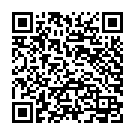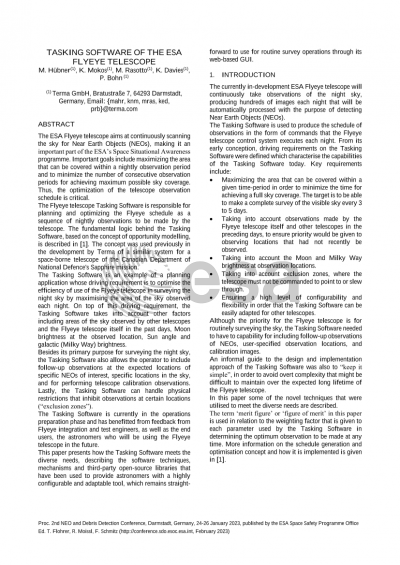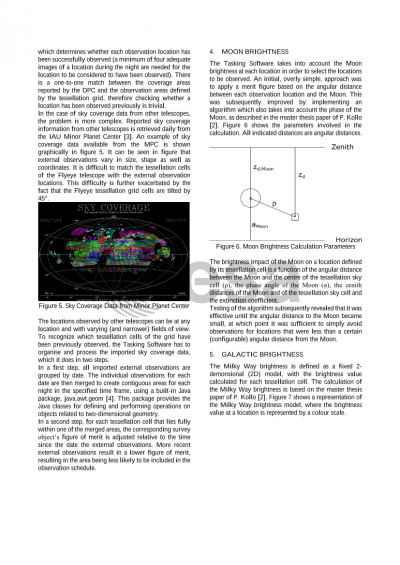Document details

Abstract
The ESA Flyeye telescope aims at continuously scanning the sky for Near Earth Objects (NEOs). Important goals include maximizing the area that can be covered within a nightly observation period and to minimize the number of consecutive observation periods for achieving maximum possible sky coverage. Thus, the optimization of the telescope observation schedule is critical.
The Flyeye telescope Tasking system is responsible for planning and optimizing the Flyeye schedule as a sequence of nightly observations to be made by the telescope. The fundamental logic behind the Tasking system, based on the concept of opportunity modelling, is described in [1].
The Tasking software is an example of a planning application whose driving requirement is to maximise the efficiency of use of the Flyeye telescope in surveying the night sky to maximise the area of the sky observed each night. On top of this driving requirement, the Tasking software takes into account other factors including areas of the sky observed by other telescopes and the Flyeye telescope itself in the past days using data available from the IAU Minor Planet Center, Moon brightness at the observed location, Sun angle and galactic (Milky Way) brightness.
Besides its primary purpose for surveying the night sky, the Tasking software also allows the operator to include observations at the expected locations of specific NEOs of interest, specific locations in the sky, and for performing telescope calibration observations. Lastly, the Tasking software can handle physical restrictions that inhibit observations at certain locations (“exclusion zones”).
The Tasking software is currently in the operations preparation phase and has benefitted from feedback from Flyeye integration and test engineers, as well as the end users, the astronomers who will be using the Flyeye telescope in the future.
This paper presents how the Tasking software meets the diverse needs, describing the software techniques, mechanisms and third-party open-source libraries that have been used to provide astronomers with a highly configurable and adaptable tool, which remains straight-forward to use for routine survey operations through its web-based GUI.
[1] AN OPPORTUNITY MODEL STRATEGY FOR SCHEDULING NEO OBSERVATIONS, K. Mokos, K. Davies, J.S. Pedersen, P. Bohn, R. Gad
Preview






